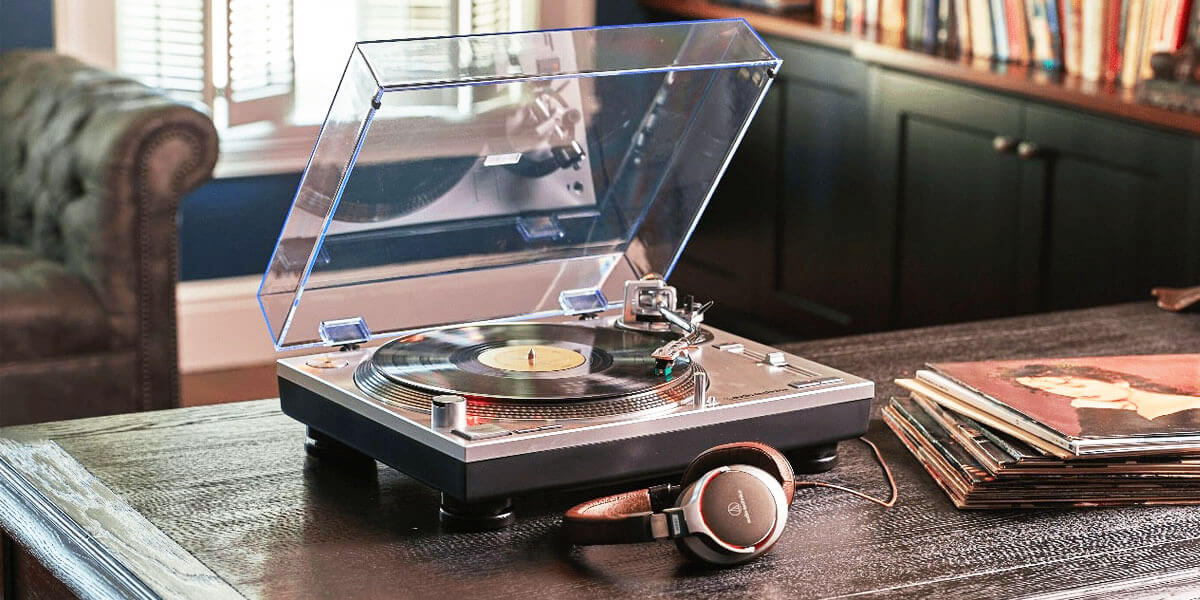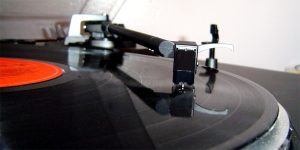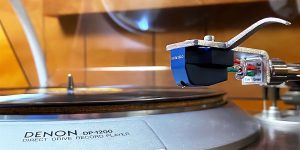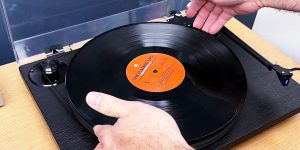Navigating the world of vinyl can be both exciting and slightly overwhelming. As you set out on this analog journey, one of the primary decisions you’ll face is the choice between a manual vs automatic turntable. Both types have their merits, and each offers a unique listening experience. With multiple players in the market, understanding their differences is crucial. So, let’s chat about these two and help you decide which one will enhance your vinyl listening experience.
Manual turntables
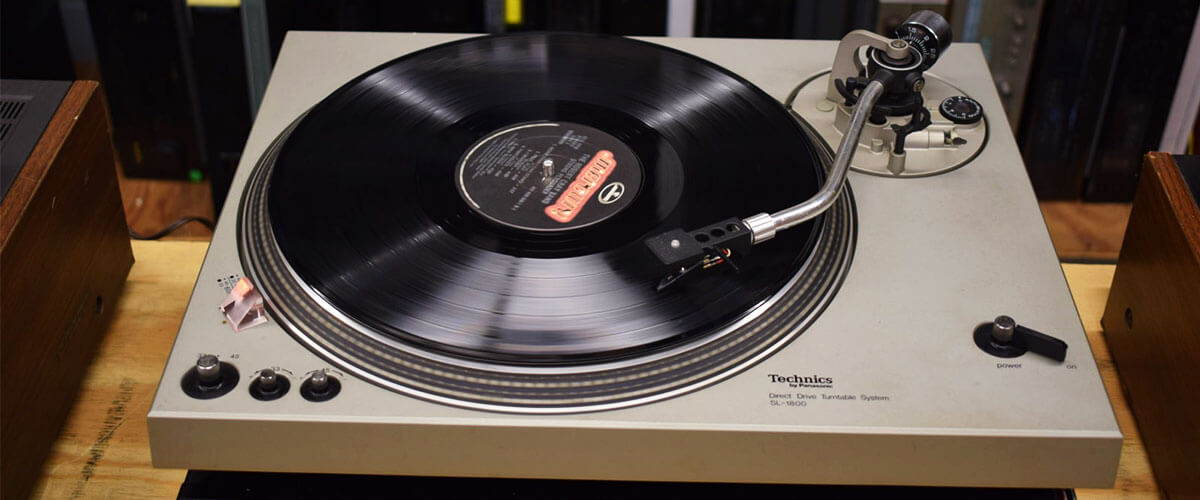
Manual turntables are the traditional choice for many vinyl enthusiasts and purists. For many, these players require a more hands-on approach, which is part of the vinyl listening ritual. So, what exactly defines a manual turntable?
A manual turntable does not possess any automatic features when it comes to operating its tonearm. In simpler terms, the listener is responsible for manually placing the tonearm onto the record and lifting it off when the side finishes. There’s no auto-start or auto-return, and every action requires the user’s personal touch.
Key features of manual turntables:
- No automatic tonearm controls: This means the user will manually set the tonearm at the beginning of the record and remove it at the end.
- Simplicity in design: With fewer automatic mechanisms, manual turntables often have a minimalist and straightforward design.
- Direct engagement: They demand active participation, ensuring you’re wholly involved in the listening experience.
Pros of manual turntables:
- Purer sound: Without the additional mechanisms required for automation, there’s a potential for less mechanical noise interference.
- Durability: Fewer automatic components can translate to fewer parts that might break or malfunction over time.
- Aesthetic and ritual: Many users cherish the ritualistic aspect of manually operating their turntable, making the listening experience more intimate and rewarding.
Cons of manual turntables:
- Requires more attention: The need to operate manually can be tedious for some, especially if not in the mood for interaction.
- Potential for scratches: If not careful, manually placing or lifting the tonearm can lead to accidental scratches on the vinyl.
- Less convenient: Manual turntables might not be the ideal choice for those who prefer to set and forget.
In summary, manual turntables offer a raw and immersive vinyl experience. While they require a bit more attention and care, many enthusiasts believe the rewards, both in sound quality and personal connection, are worth the effort.
Automatic turntables
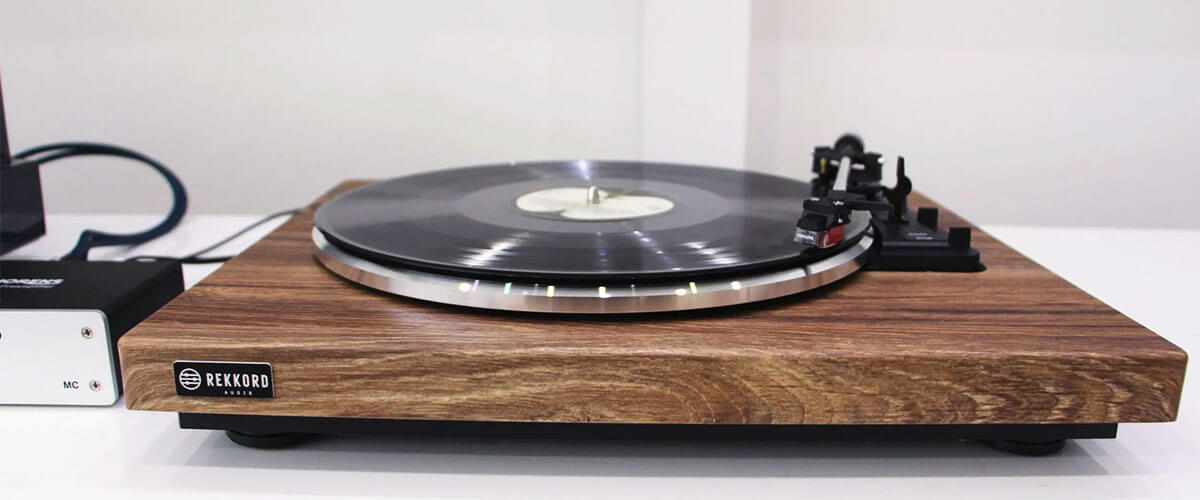
For those who seek a seamless vinyl experience, automatic turntables or record players with automatic arms might be the answer. But what distinguishes an automatic turntable from its manual counterpart?
Automatic turntables, often referred to as fully automatic record players, come equipped with built-in mechanisms that handle the tonearm’s operations, largely reducing manual intervention. At the push of a button, these turntables, often referred to as auto-stop record players, can start the record, place the tonearm in the right position, and, when the music concludes, lift the tonearm and return it to its resting position.
Key features of automatic turntables:
- Automated tonearm preparation: The tonearm automatically positions itself at the beginning of a record and returns to its original position once the side completes.
- Push-button controls: Simple controls for starting and stopping playback, making the vinyl experience more straightforward.
- Ease of use: Designed for those who prefer convenience without compromising the essence of the vinyl sound.
Pros of automatic turntables:
- Convenience: Perfect for those who want to enjoy their vinyl records without the hands-on aspect of manual operation.
- Reduced risk of damage: Automated tonearm placement minimizes the chances of accidentally scratching the record.
Cons of automatic turntables:
- Additional mechanical parts: More components can lead to potential mechanical issues down the line.
- Possible sound interference: The automatic mechanisms might introduce slight mechanical noises in some models.
To sum up, when comparing automatic vs manual turntable options, automatic turntables cater to those who prioritize ease and convenience in their vinyl listening sessions. This auto-return record player ensures that the tonearm goes back to its resting position after a record finishes, adding to the convenience. It’s especially appealing to newcomers or those who simply want to relax and let the music play without manual intervention at the end.
Semi-automatic turntables
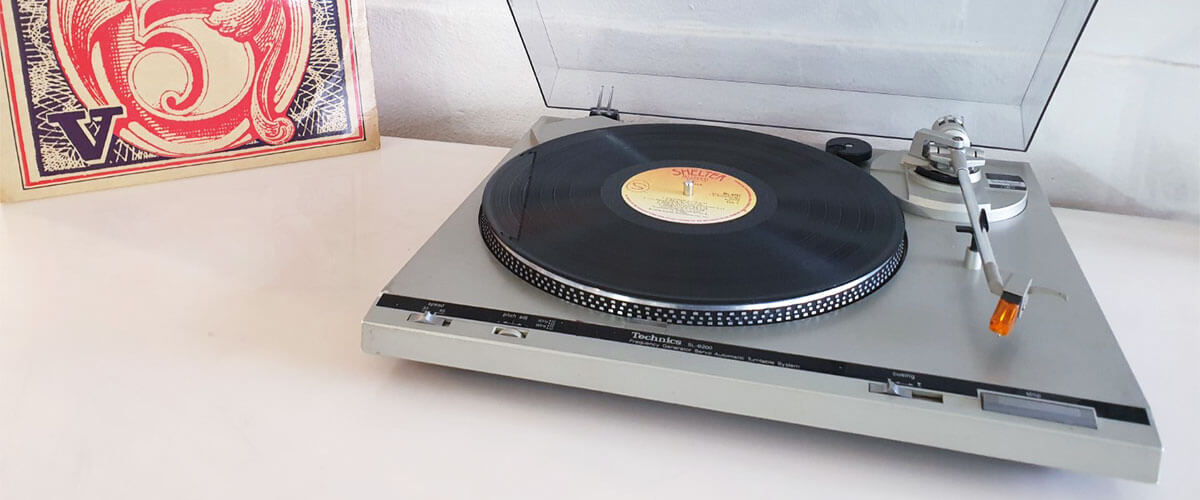
Semi-automatic turntables offer a blend of both worlds, incorporating features from manual and automatic systems. Typically, users manually place the tonearm onto the record to start playback. However, once the side of the record finishes playing, the turntable takes over: it automatically lifts the tonearm and returns it to its resting position, eliminating the need for manual intervention at the end of a session.
Key features of semi-automatic turntables:
- Manual start: Users begin the playback by manually placing the tonearm on the record.
- Automatic return: Once the record concludes, the tonearm is automatically lifted and repositioned to its original spot.
- A blend of engagement and convenience: It offers a balance between the ritualistic involvement of manual turntables and the ease of automatic ones.
Pros of semi-automatic turntables:
- Best of both worlds: Retains the hands-on starting experience while ensuring no damage from forgetting to lift the tonearm at the end.
- Reduced risk: Automatically returning the tonearm minimizes potential damage to the vinyl.
Cons of semi-automatic turntables:
- Still requires a manual start: Not entirely hands-free, which might not be ideal for those seeking full automation.
- Additional mechanical parts: Contains extra components for the auto-return function, which could be a point of failure over time.
In a nutshell, semi-automatic turntables strike a balance for those torn between the allure of manual engagement and the convenience of automation. It’s a hybrid solution, perfect for individuals seeking a middle path in their vinyl journey.

